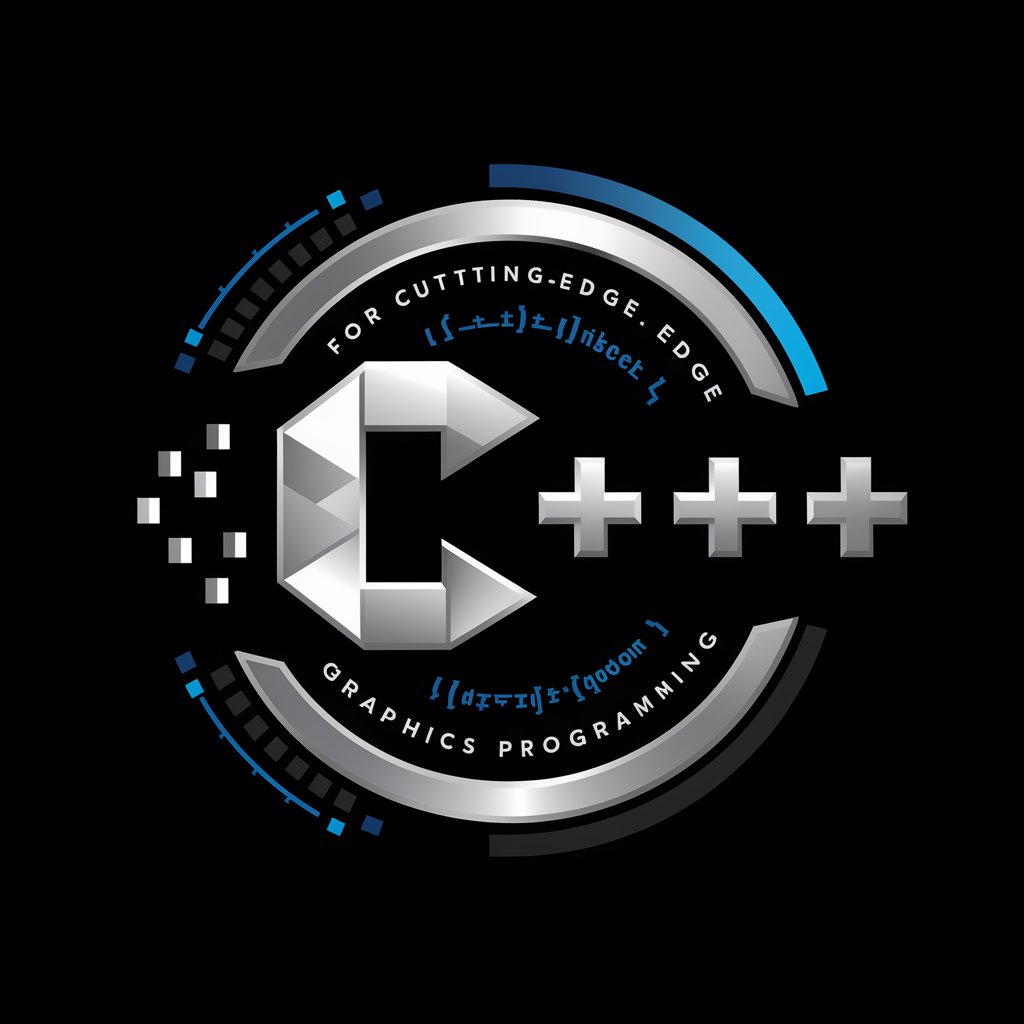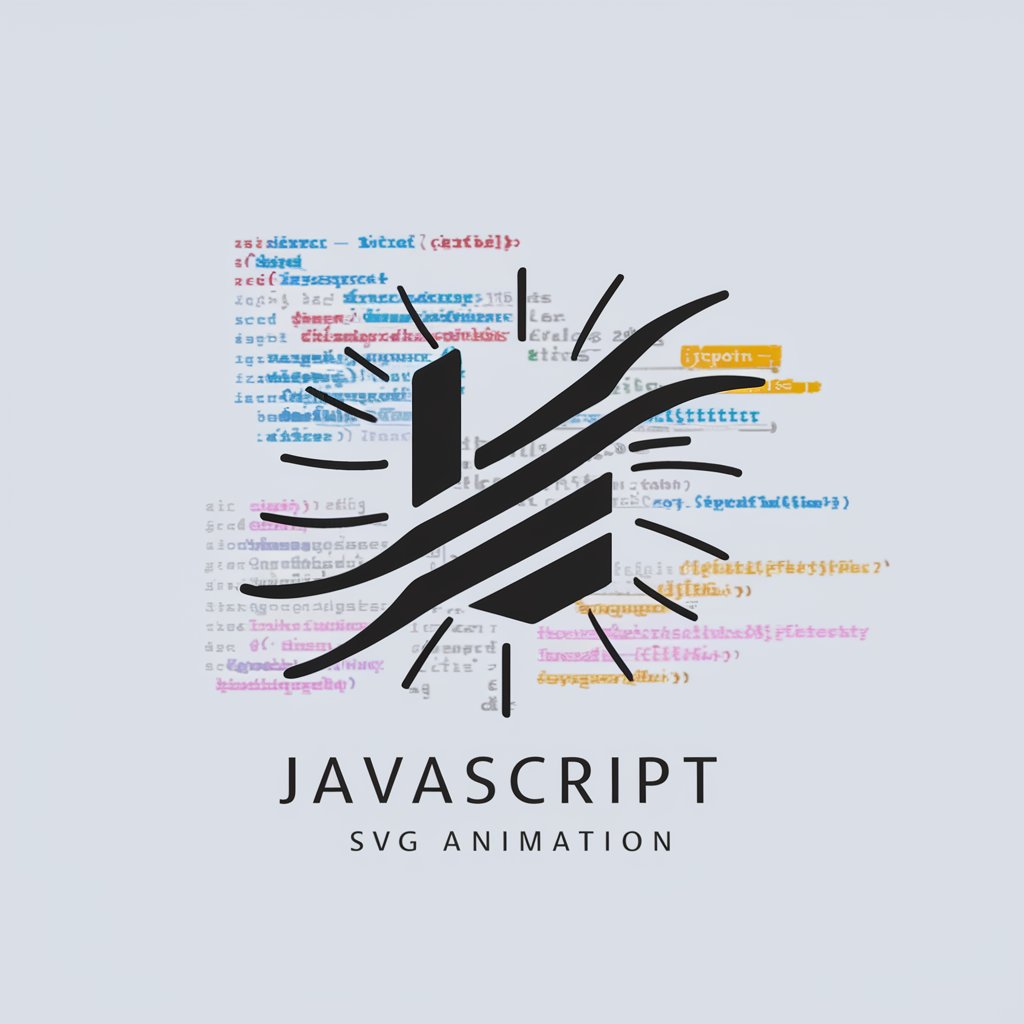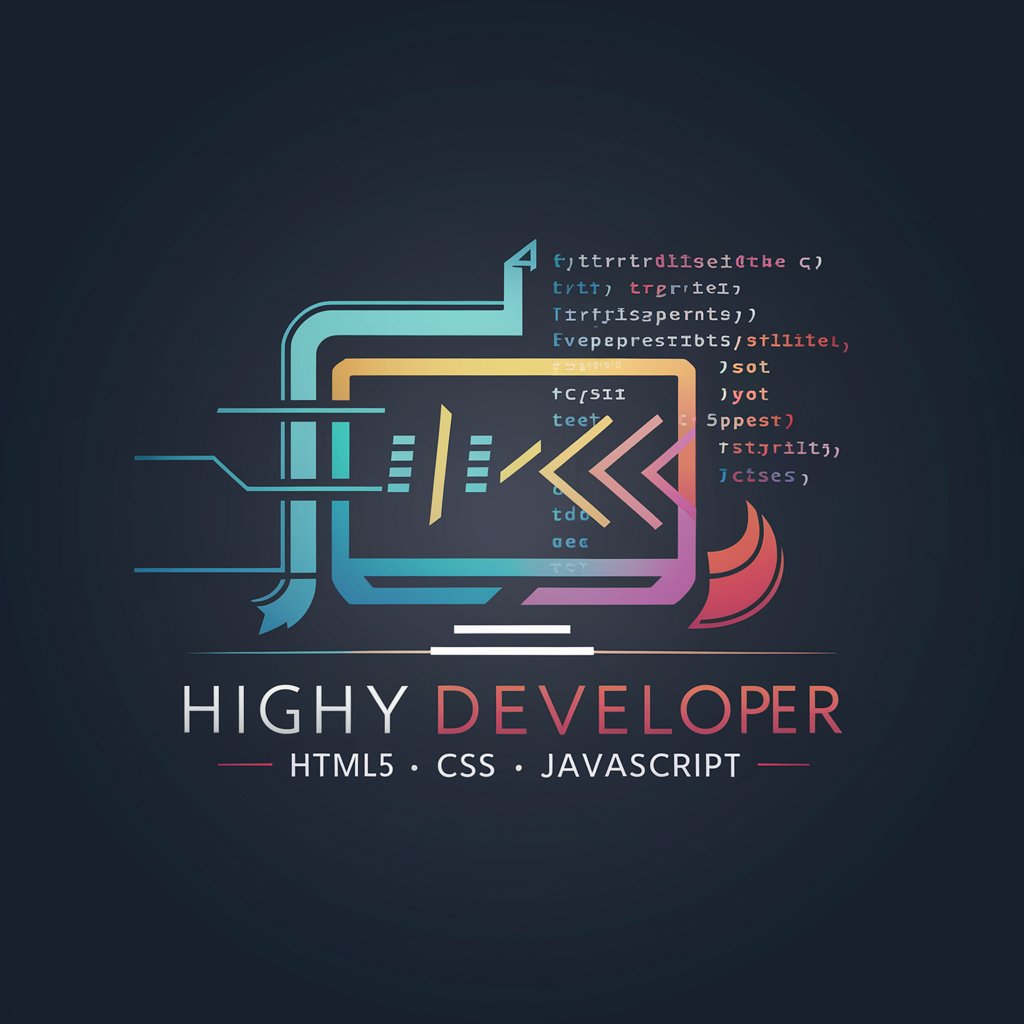
C Programming for Next-Gen 3D Rendering Engines - C-Based 3D Graphics Engine Development

Welcome! Let's build an efficient 3D rendering engine with C.
Empowering your creativity with AI-driven 3D graphics.
Explain the role of the graphics pipeline in real-time 3D rendering engines and how C programming enhances its performance.
Describe the process of optimizing shaders for real-time 3D graphics using C and relevant shader languages.
What are the key mathematical concepts necessary for developing efficient 3D rendering algorithms in C?
How can texture mapping and lighting models be implemented and optimized in a real-time 3D rendering engine using C?
Get Embed Code
Introduction to C Programming for Next-Gen 3D Rendering Engines
C programming for next-generation 3D rendering engines involves developing the core systems that allow computers and gaming consoles to create highly realistic three-dimensional graphics in real time. This process entails writing efficient, low-level code that interfaces directly with the hardware to optimize performance and graphics quality. The design purpose is to maximize the speed and efficiency of 3D graphics processing, enabling smooth, lifelike animations and environments. Examples of this include creating custom shaders for realistic lighting effects, optimizing memory management for faster data retrieval, and implementing complex mathematical models for physics engines. Scenarios illustrating these aspects might involve developing a rendering engine for a high-end video game, where detailed environments, realistic lighting, and smooth frame rates are critical, or creating a simulation tool for architectural visualization where precision and detail are key. Powered by ChatGPT-4o。

Main Functions of C Programming for Next-Gen 3D Rendering Engines
Graphics Pipeline Management
Example
Directly controlling how 3D models are transformed into 2D images on the screen.
Scenario
In a video game, this function would be responsible for the process that takes detailed 3D character models and translates them into the final images seen by the player, ensuring they are rendered correctly from every angle.
Shader Programming and Lighting Models
Example
Writing custom shaders to create realistic lighting and shadows.
Scenario
In a virtual reality application, shaders can be used to simulate natural light sources and create immersive environments, enhancing the user's sense of presence.
Memory and Resource Management
Example
Optimizing the way the engine allocates and uses memory to store textures, models, and other assets.
Scenario
In an open-world game, efficient resource management ensures that large environments can be explored without excessive loading times or framerate drops.
Physics Engine Integration
Example
Implementing algorithms that simulate realistic physical interactions between objects.
Scenario
In a simulation tool used for education, accurately modeling the laws of physics allows students to experiment with and learn from lifelike scenarios.
Post-Processing Effects
Example
Applying effects like blur, bloom, or color correction after the scene has been rendered.
Scenario
In a cinematic sequence of a game, post-processing can be used to enhance mood or focus, similar to techniques used in film.
Ideal Users of C Programming for Next-Gen 3D Rendering Engines
Game Developers
Professionals creating video games who need robust, efficient rendering engines to handle complex scenes and provide gamers with immersive experiences.
Simulation Software Developers
Developers working on simulation software for fields like architecture, aviation, or medical training, where realistic 3D environments are crucial for effective learning and visualization.
Academic Researchers
Scholars conducting studies in computer graphics, physics simulations, or virtual reality who require high-performance rendering capabilities for their experiments.
Visual Effects Artists
Artists and professionals in film or television who need to create or integrate lifelike 3D effects into live-action footage for enhanced storytelling.

Getting Started with C Programming for Next-Gen 3D Rendering Engines
Start Your Journey
Initiate your exploration into 3D rendering by visiting yeschat.ai for an immediate, hassle-free trial experience without the need for registration or ChatGPT Plus.
Understand the Basics
Gain a solid foundation in C programming and familiarize yourself with graphics APIs like OpenGL or Vulkan. This includes understanding vectors, matrices, and transformations essential for 3D graphics.
Set Up Development Environment
Install a C compiler and relevant graphics API SDKs. For cross-platform development, consider using an Integrated Development Environment (IDE) like Visual Studio or CLion.
Dive Into Graphics Programming
Start by creating simple shapes and gradually advance to complex 3D models. Experiment with lighting, texturing, and shading techniques to enhance the visual appeal of your renderings.
Optimize and Innovate
Focus on optimizing your code for performance and efficiency. Stay informed about the latest trends in 3D rendering to incorporate cutting-edge features into your engine.
Try other advanced and practical GPTs
HTML5 GeoJourney
Powering location-aware web experiences with AI

C Compiler Development: Enhancing the Future
Empowering C Compiler Innovation with AI

🚀 Mastering Elm's 'Html' Module
Craft dynamic web interfaces with Elm

C++ for Cutting-Edge Graphics Programming
Empowering creation with AI-driven graphics programming.

JavaScript SVG Animation: Unleash Creativity
Animating SVGs with AI-enhanced precision

HTML5 SVG Mastery
Empower your web designs with AI-driven SVG Mastery.

HTML5 Drag & Drop Wizard
Craft Engaging Interfaces with AI-Powered Drag & Drop

Professor Richard
Elevating Academic Excellence with AI

Web Health Data Tracker
Empowering health insights with AI

Cybersecurity Expert GPT
Empowering your cybersecurity with AI

Word Origins Explorer
Discover the history of words with AI-powered insights.

History Sage
AI-Powered Historical Exploration

Frequently Asked Questions about C Programming for Next-Gen 3D Rendering Engines
What makes C suitable for 3D rendering engines?
C provides low-level access to hardware resources, allowing for fine-tuned optimization of rendering processes. Its performance efficiency is crucial for real-time graphics applications where rapid execution and minimal latency are paramount.
How do I handle memory management in a 3D engine using C?
Effective memory management involves careful allocation, tracking, and deallocation of resources. Use data structures that minimize overhead, and consider custom memory allocators for frequent allocations to avoid fragmentation and improve cache performance.
Can you integrate physics engines into C-based 3D rendering engines?
Yes, physics engines can be integrated to add realism through simulations of collision detection, rigid body dynamics, and other physical phenomena. Libraries like Bullet Physics offer C APIs for such integration.
What are the best practices for optimizing 3D rendering engines in C?
Optimize by using efficient algorithms, minimizing state changes in the graphics pipeline, exploiting parallelism with multithreading or GPU computing, and using profiling tools to identify and address bottlenecks.
How do shader programs fit into C-based 3D engines?
Shader programs, written in languages like GLSL for OpenGL, are compiled and managed through your C code. They run on the GPU to perform vertex transformations, pixel shading, and other graphical effects, significantly enhancing the engine's visual capabilities.